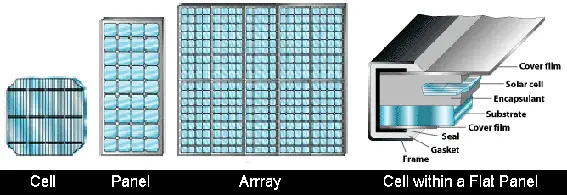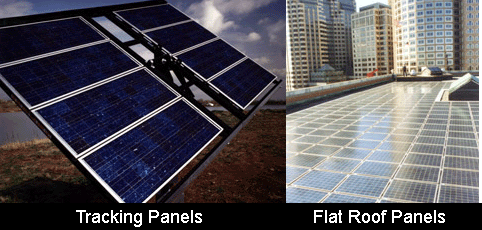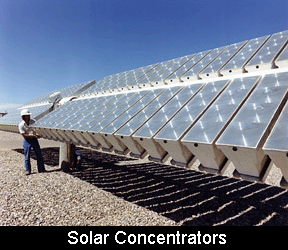 Photovoltaic PV Energy or PV for short is technology that uses semiconductors to convert sunlight into direct current (DC) electricity. Photovoltaics can provide tiny amounts of power for watches, large amounts for the electric grid, and everything in between. Groups of PV cells can be combined to make a module, and groups of modules are configured to become an array.
Photovoltaic PV Energy or PV for short is technology that uses semiconductors to convert sunlight into direct current (DC) electricity. Photovoltaics can provide tiny amounts of power for watches, large amounts for the electric grid, and everything in between. Groups of PV cells can be combined to make a module, and groups of modules are configured to become an array.
A ‘wedge’ of solar electricity to replace some coal fired plants would mean adding around 2,000 giga watts or increasing current solar capacity by a factor of 700. This would require about 2 million hectares of land in 2054, or 2 to 3 square metres per person.

Manufacturing costs for PV are dropping and the range of cost effective uses are expanding to include home power generation and even grid connected electricity generation. There are two types of PV systems, panel and concentrators. The most common system is the flat PV module or panel.
Panels can either be fixed in place or designed to track the movement of the sun. The simplest PV array consists of flat plate PV panels in a fixed position. Most solar lights use a small panel to keep the lights operating throughout the hours of darkness.
The advantages of fixed arrays are that they lack moving parts, so there is virtually no need for extra equipment, and they are relatively lightweight. These features make them suitable for many locations, including most residential roofs. Because the panels are fixed in place, their orientation to the sun is usually at an angle that practically speaking is less than optimal. Therefore, less energy per unit area of array is collected compared with that from a tracking array. However, this drawback must be balanced against the higher cost of the tracking system.

Concentrators are to be able to use less cell material in a PV system. PV cells are the most expensive components of a PV system, on a per-area basis. A concentrator makes use of relatively inexpensive materials such as plastic fresnel lens and metal housings to capture the solar energy shining on a fairly large area and focusing that energy onto a smaller area, where the PV cell is.
High concentration of the sun creates problems as the operating temperature of cells increases when excess radiation is concentrated. This creates a lot of heat and the efficiency of the Photovoltaic PV energy cell drops as temperatures increase. Concentrators must also use tracking systems to keep them pointed at the sun, as they can’t make use of diffuse sunlight. See also Dish Concentrators


